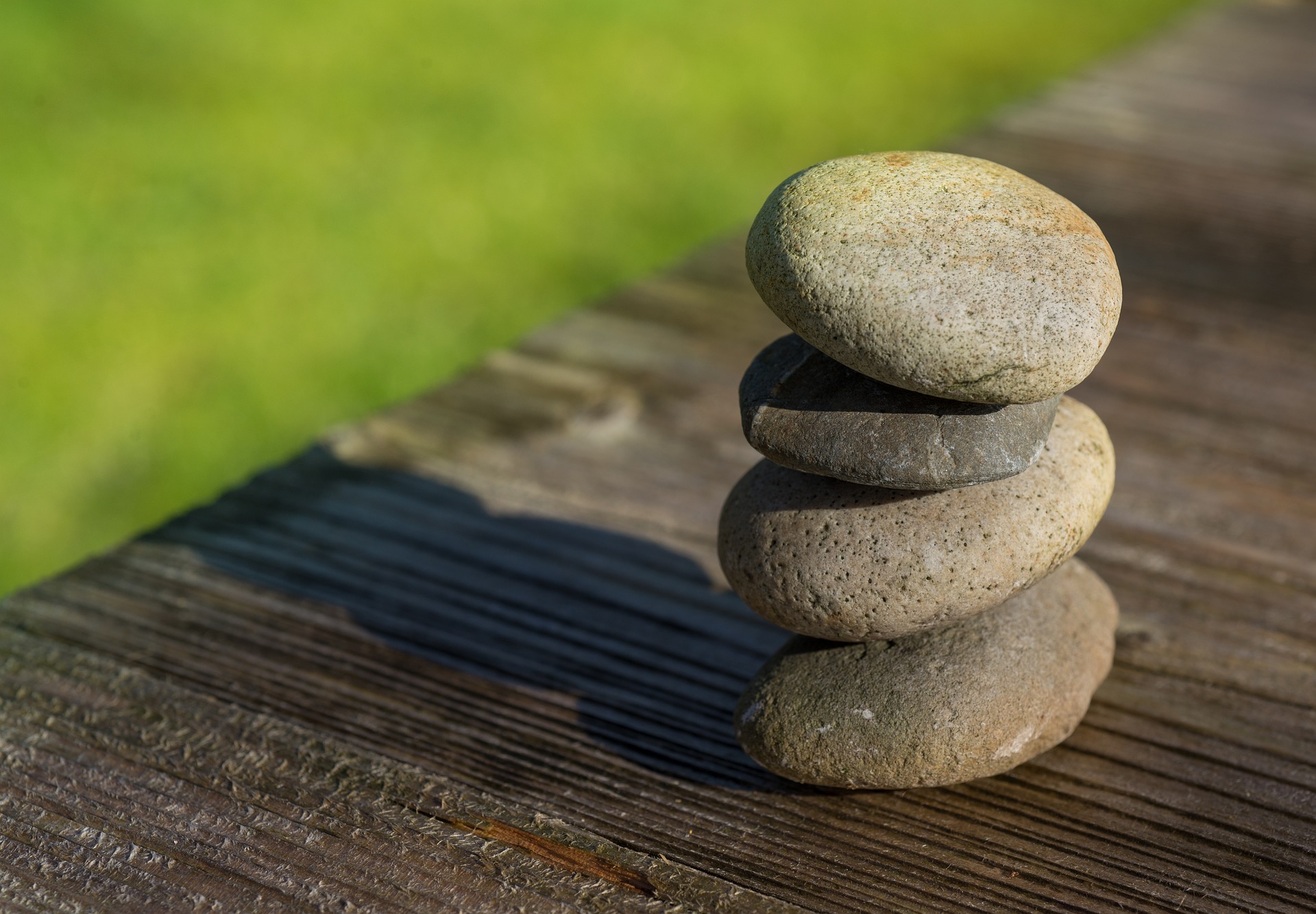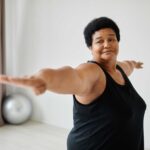
25 Jul Finding Balance
Finding balance amongst busy lifestyles is not easy, no matter what we seem to be juggling. On top of this, trying to maintain a healthy lifestyle can be a challenge. It simply takes time and effort to prepare healthy and well-balanced meals, set aside time for exercise or physical activity, and, at times it entails a monetary investment. However, more and more individuals are striving for the balanced, healthy lifestyle.
Now, mix this with a nagging ache/pain that doesn’t see to go away. This new symptom has crept into your workouts, is tolerable, so you continue to exercise, but you “feel it”. At some point, you succumb to rest, as continuing to work through the pain doesn’t seem to be working. A few weeks later, you resume exercise only to discover the pain has in fact not gone away. It is now time to get your pain assessed by a doctor, as self-care hasn’t done the trick.
For some, the diagnosis isn’t so bad: mild tissue irritation, rest a little longer, follow the doctor’s pain management recommendations, possibly try a different form of exercise in the meantime, and the pain should go away. For others, the diagnosis is not as hopeful: wear and tear, the start of arthritis or a loss of cushioning in the joint that is not irreversible. This news can be devastating, especially for individuals who are very active, and embrace this lifestyle. There certainly are surgical options, pain management interventions, or other forms of conservative care that are very beneficial to returning someone back to their previous level of activities.
More and more in clinic, I am working with younger patients who receive the diagnosis of arthritis, or chondral defects (loss of cartilage, or the joint’s cushion). The news can be much unexpected and at times confusing when someone has been working hard to stay in shape, and be healthy. A large component of what physical therapy can offer to a patient under these circumstances would be to improve the body part’s motion and strength, manage pain, education about their condition. However, another significant component to treatment is patient education regarding activity modification: how can one remain active, but not worsen their condition. How can we progress their activities from their first visit until their last visit in physical therapy. Learning our body’s new limits on a good day, verses a bad day. It seems this can be the most challenging part: reshaping how we think about our activity to keep our body in its best health, even if it means staying physically active in a different way.
It’s not always easy to embrace this new balance, however it is possible to resume or reshape your healthy lifestyle even when your body throws you a curveball.




